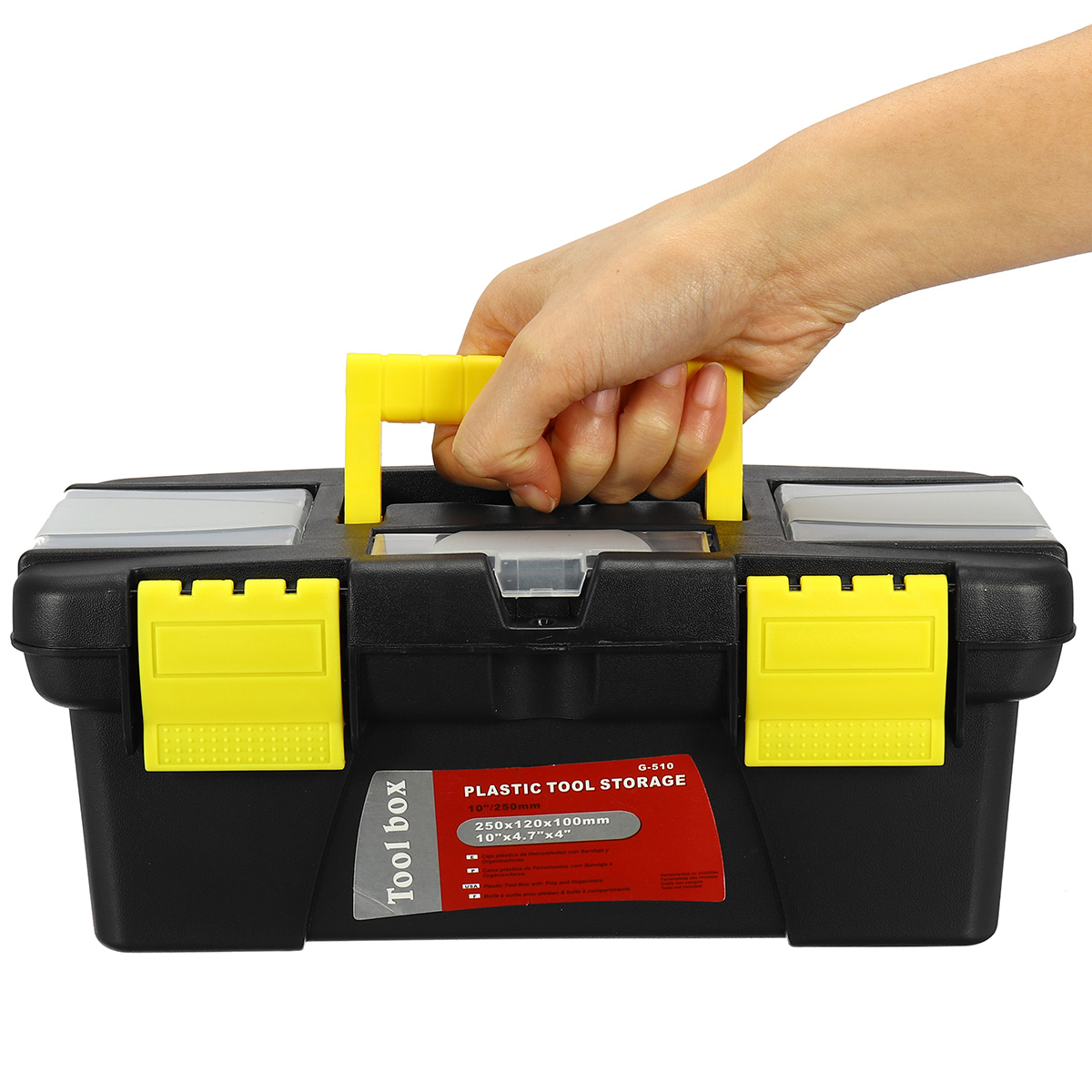

Articles
How Much Does A Tool Box Weigh
Modified: May 6, 2024
Discover the weight of a tool box with our informative articles. Get insights on various types of tool boxes and their average weights.
(Many of the links in this article redirect to a specific reviewed product. Your purchase of these products through affiliate links helps to generate commission for Storables.com, at no extra cost. Learn more)
Introduction
Tools are essential for various tasks, whether you’re a professional tradesperson, a DIY enthusiast, or just tackling projects around the house. And to keep your tools organized and easily accessible, a tool box is a must-have item. But have you ever wondered how much a tool box actually weighs?
The weight of a tool box can vary significantly depending on various factors such as the material used, the size of the box, and its design. Understanding the weight of a tool box can help you make an informed decision when purchasing one, especially if you frequently need to transport your tools.
In this article, we will explore the factors that affect the weight of tool boxes, discuss the common types of tool boxes, delve into different tool box materials and their weights, and provide insights on lightweight and heavy-duty tool boxes. We will also highlight the factors to consider when choosing a tool box based on weight. So let’s dive in!
Key Takeaways:
- Understanding the weight of a tool box is crucial for making an informed decision when purchasing one. Factors such as material, size, and design play a significant role in determining the weight, impacting portability and durability.
- Lightweight tool boxes are ideal for easy transportation, while heavy-duty tool boxes offer maximum durability and security. Consider factors such as portability, workspace limitations, and the type of tools when choosing the right tool box based on weight.
Read more: How Much Does A Bed Weigh
Factors Affecting Weight of Tool Boxes
When it comes to the weight of a tool box, several factors come into play. Understanding these factors can help you make an informed decision when selecting a tool box that meets your specific needs.
1. Material: The material used in the construction of a tool box plays a significant role in determining its weight. Common materials include steel, aluminum, plastic, and wood. Steel tool boxes are generally heavier due to their sturdy construction, while aluminum tool boxes offer a lightweight alternative without compromising durability.
2. Size and Capacity: The size of a tool box directly impacts its weight. Larger tool boxes with higher storage capacity will naturally weigh more than smaller ones. Consider the amount of tools you need to carry and the available storage space in your workspace when determining the size and capacity of your tool box.
3. Accessories and Features: Tool boxes come with various accessories and features like drawers, compartments, and built-in organizers. These additional components can contribute to the overall weight of the tool box. While these features enhance organization and convenience, they may add extra pounds to the tool box.
4. Reinforcement and Durability: Tool boxes designed for heavy-duty use often incorporate reinforcement and additional support to withstand rough environments. These reinforced areas and added durability can increase the weight of the tool box.
5. Design and Construction: The design and construction of the tool box also impact its weight. Some tool boxes are designed with lightweight materials and minimalistic designs, making them more portable and ideal for those who frequently move their tools. On the other hand, tool boxes with complex or heavy-duty construction may be heavier but offer superior protection for valuable tools.
Considering these factors can help you determine the weight that suits your needs and preferences. Whether you prioritize portability, durability, or storage capacity, understanding these factors will assist you in selecting the right tool box for your requirements.
Common Types of Tool Boxes
Tool boxes come in various types, each designed to cater to different needs and preferences. Let’s explore some of the most common types of tool boxes:
- Portable Tool Boxes: Portable tool boxes are compact and lightweight, making them ideal for those who frequently move their tools. They often feature a single compartment or a few compartments to store essential tools. Portable tool boxes are popular among DIY enthusiasts and homeowners who need a portable storage solution for basic tools.
- Chest Tool Boxes: Chest tool boxes are larger and provide greater storage capacity than portable tool boxes. They often have multiple drawers or compartments, allowing for better organization of tools. Chest tool boxes are commonly used in workshops and by professional tradespeople who have a wide range of tools to store.
- Rolling Tool Boxes: Rolling tool boxes, also known as tool carts or tool chests with wheels, offer the convenience of portability combined with ample storage space. These tool boxes feature wheels, allowing you to easily transport your tools around a workshop or job site. Rolling tool boxes are well-suited for professionals who frequently work in different areas and need to carry a large selection of tools.
- Truck Tool Boxes: Truck tool boxes are designed to be mounted on the bed of a truck, providing secure storage for tools and equipment. They come in various styles, including crossover, side-mount, and chest-style boxes. Truck tool boxes are popular among contractors and tradespeople who need to transport their tools on a regular basis.
- Plastic Tool Boxes: Plastic tool boxes are lightweight, affordable, and resistant to rust and corrosion. They are popular among DIY enthusiasts and homeowners as they offer a good balance between durability and portability.
- Metal Tool Boxes: Metal tool boxes, such as steel or aluminum, are known for their durability and strength. They provide excellent protection for tools and are commonly used in industrial or professional settings where heavy-duty construction is required.
These are just a few examples of the common types of tool boxes available in the market. Each type offers its own set of advantages and is suited to different usage scenarios. Consider your specific needs, the type of tools you have, and the level of portability or durability required when choosing the right tool box for your use.
Weights of Different Tool Box Materials
The choice of material for your tool box not only affects its durability and aesthetics but also plays a significant role in determining its weight. Here are the approximate weights of different tool box materials:
- Steel: Steel tool boxes are known for their robustness and durability. However, they tend to be heavier compared to other materials. On average, steel tool boxes can range from 20 to 80 pounds, depending on their size and construction.
- Aluminum: Aluminum tool boxes are a popular choice due to their lightweight yet sturdy nature. They offer a great balance between durability and ease of portability. The weight of aluminum tool boxes typically ranges from 10 to 30 pounds, making them a suitable choice for those who require a lightweight option.
- Plastic: Plastic tool boxes are lightweight and affordable. They are a popular choice for homeowners and DIY enthusiasts. The weight of plastic tool boxes can range from 5 to 15 pounds, depending on their size and design.
- Wood: Wood tool boxes offer a classic and aesthetically appealing option. However, they tend to be heavier compared to other materials. The weight of wood tool boxes can vary significantly based on the type of wood used and the size of the box. On average, wood tool boxes weigh around 20 to 50 pounds.
- Composite Materials: Some tool boxes are made from composite materials, which are a combination of different materials like plastic, fiberglass, or resin. The weight of tool boxes made from composite materials will vary depending on the specific composition and design.
It’s important to note that these weight ranges are approximate and can vary depending on the specific brand, model, and design of the tool box. When choosing a tool box based on its material, consider your specific needs in terms of durability, portability, and the weight capacity you require. Strike a balance between the material’s weight and its ability to protect and safeguard your tools.
When considering the weight of a tool box, it’s important to factor in the material it’s made of. Steel tool boxes will be heavier than those made of plastic or aluminum. Be sure to check the weight capacity of the tool box if you plan on transporting it.
Lightweight Tool Boxes
If portability is a top priority for you, lightweight tool boxes are an excellent choice. These tool boxes are specifically designed to be easy to carry and transport without compromising on functionality. Here are some characteristics of lightweight tool boxes:
- Material: Lightweight tool boxes are often made from materials such as aluminum or plastic, which offer a good balance between durability and weight reduction. These materials help keep the overall weight of the tool box low, making it easier to carry and handle.
- Compact Design: Lightweight tool boxes are typically compact in size, allowing for easy storage and transportation. They are designed with space-saving features, such as foldable handles or removable sections, to make them more manageable in terms of size and weight.
- Minimalistic Construction: Lightweight tool boxes are often designed with a minimalistic approach, focusing on essential storage compartments rather than excessive accessories or features. This helps reduce unnecessary weight and ensures the tool box remains lightweight and portable.
- Ergonomic Features: Many lightweight tool boxes are equipped with ergonomic handles, grip pads, or shoulder straps to enhance comfort and ease of carrying. These features are particularly beneficial when you need to transport your tools over longer distances or in uneven terrain.
- Corrosion Resistance: Lightweight tool boxes made from materials like aluminum or plastic are often resistant to rust and corrosion. This ensures that your tools remain protected even when exposed to harsh elements, extending the lifespan of both the tool box and your tools.
Lightweight tool boxes are suitable for various applications, including DIY projects, household repairs, and light professional use. They are easy to handle and transport, allowing you to carry your essential tools with ease. However, it’s important to consider the weight capacity and storage space when opting for a lightweight tool box, as they may have limited space compared to larger, heavier options.
Overall, if you value portability and ease of transportation, a lightweight tool box is an excellent choice. It ensures that your tools are well-organized, easily accessible, and can be carried effortlessly from one job site to another.
Read more: How Much Does A Ladder Weigh
Heavy-Duty Tool Boxes
For professionals or individuals with a need for maximum durability and security, heavy-duty tool boxes are the ideal choice. These tool boxes are designed to withstand rugged conditions, protect valuable tools, and provide ample storage capacity. Here are some key features of heavy-duty tool boxes:
- Material: Heavy-duty tool boxes are often constructed from high-quality materials such as steel or thick aluminum. These materials offer superior strength and durability, ensuring that the tool box can withstand rough handling, impacts, and harsh environments.
- Advanced Security: Heavy-duty tool boxes typically come with robust locking mechanisms, such as sturdy latches or heavy-duty locks, to enhance security and prevent unauthorized access to your tools. This feature is particularly crucial when working on job sites or storing expensive tools that need to be kept safe.
- Reinforced Construction: Heavy-duty tool boxes feature reinforced corners and edges, as well as additional support structures, to enhance the overall strength and structural integrity of the box. This helps protect the contents from damage caused by heavy impacts or accidental drops.
- Ample Storage Space: Heavy-duty tool boxes are designed to provide ample storage space for a wide range of tools and equipment. They often feature multiple compartments, drawers, or shelves, allowing for efficient organization and easy access to your tools.
- Weather Resistance: Many heavy-duty tool boxes are designed to be weather-resistant, with features such as weather stripping, rust-resistant coatings, or sealed compartments. This ensures that your tools remain protected from moisture, dust, and other environmental elements, even when working in outdoor or challenging conditions.
Heavy-duty tool boxes are commonly used in construction sites, industrial settings, or by professional tradespeople who require maximum durability, security, and storage capacity. They are built to withstand demanding use and provide long-lasting performance.
However, it’s important to note that heavy-duty tool boxes can be heavier in weight compared to other types of tool boxes due to their robust construction. Consider your transportation needs and the weight capacity of your workspace when selecting a heavy-duty tool box. Additionally, heavy-duty tool boxes may come at a higher price point compared to lighter alternatives, but the investment is well worth it if you require a tool box that can withstand tough conditions and protect your valuable tools.
Factors to Consider When Choosing a Tool Box Based on Weight
When selecting a tool box, the weight of the box is an important factor to consider. Here are some key factors to take into account when choosing a tool box based on its weight:
- Portability: Consider how often you need to transport your tools and whether you require a tool box that is easy to carry. If you frequently move your tools from one location to another, opting for a lightweight tool box or one with convenient transportation features like wheels or a shoulder strap can make a significant difference in your mobility.
- Workspace Limitations: Evaluate the available space in your workspace. If you have limited room or need to store your tool box in a confined area, a compact and lightweight tool box may be a more practical choice. However, if space is not a constraint, you may opt for a heavier and larger tool box with greater storage capacity.
- Type of Tools: Consider the types of tools you need to store and their weight. If you work with heavy tools or equipment, you may need a sturdy and heavy-duty tool box that can support their weight without compromising its structural integrity. On the other hand, if you primarily work with lighter tools, a lightweight tool box can fulfill your needs.
- Frequency of Use: Reflect on how frequently you access your tools. If you constantly need to open and close your tool box or retrieve tools throughout the day, a lighter tool box can be more convenient and less cumbersome to handle. However, if your tools remain stationery for extended periods, the weight of the tool box may be of less concern.
- Budget: Consider your budget and the trade-offs between weight and cost. Lightweight tool boxes made from materials like plastic or lighter metals may be more affordable compared to heavier, heavy-duty options. However, investing in a sturdier and heavier tool box may provide better long-term durability and protection for your tools.
Ultimately, the choice of tool box weight will depend on your personal preferences, specific requirements, and intended use. Assessing your portability needs, workspace limitations, types of tools, frequency of use, and budget will help you make an informed decision about the appropriate weight for your tool box.
Remember to strike a balance between the weight of the tool box and its ability to fulfill your storage, organization, and transportation needs effectively. Choosing the right tool box based on weight can significantly impact your overall work efficiency and ease of access to your tools.
Conclusion
Choosing the right tool box based on its weight is an essential decision for anyone who works with tools regularly. Understanding the factors that affect the weight of tool boxes and considering your specific needs and preferences will help you make an informed choice.
Factors such as the material, size, accessories, and design of the tool box all contribute to its weight. Steel tool boxes tend to be heavier but offer excellent durability, while aluminum and plastic tool boxes provide a lightweight option without compromising on strength. The type of tool box, whether portable, chest, rolling, or truck-mounted, also influences its weight.
If portability is a priority, lightweight tool boxes are the way to go. These tool boxes are designed to be easy to carry and transport, often made from lightweight materials like aluminum or plastic. They are compact, ergonomic, and suitable for DIY enthusiasts and homeowners who frequently move their tools.
On the other hand, heavy-duty tool boxes are built to withstand rough conditions and offer maximum security and storage capacity. Constructed from materials like steel or thick aluminum, these tool boxes are designed for professionals or individuals with demanding needs. While they may be heavier, heavy-duty tool boxes provide long-lasting durability and protect valuable tools.
When choosing a tool box based on weight, consider factors such as portability, workspace limitations, the type of tools you work with, the frequency of use, and your budget. Ultimately, finding the right balance between weight and functionality is key.
In conclusion, understanding the weight of tool boxes and the factors that influence their weight is crucial in selecting the right tool box for your needs. Whether you opt for a lightweight tool box for easy portability or a heavy-duty tool box for maximum durability, making an informed decision will ensure that your tools are organized, protected, and accessible whenever you need them.
Now that you're more familiar with the varied weights and types of tool boxes, consider stepping up your organizational game further. Our upcoming article on the best tool storage solutions for 2024 offers a detailed look at options that not only fit your tools but also enhance your workspace efficiency. Whether you're seeking a compact case or a robust organizer, this guide has something for everyone. Don’t miss out on optimizing your storage needs with our top recommendations.
Frequently Asked Questions about How Much Does A Tool Box Weigh
Was this page helpful?
At Storables.com, we guarantee accurate and reliable information. Our content, validated by Expert Board Contributors, is crafted following stringent Editorial Policies. We're committed to providing you with well-researched, expert-backed insights for all your informational needs.

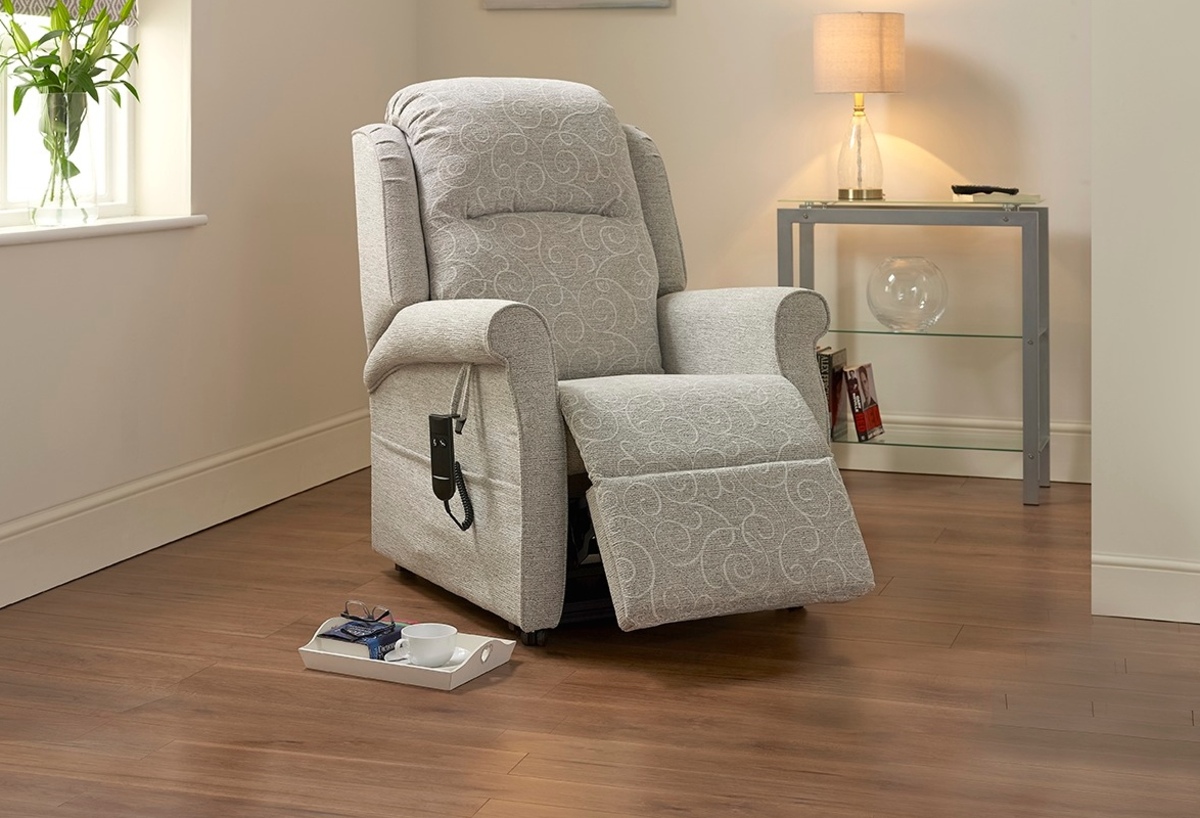



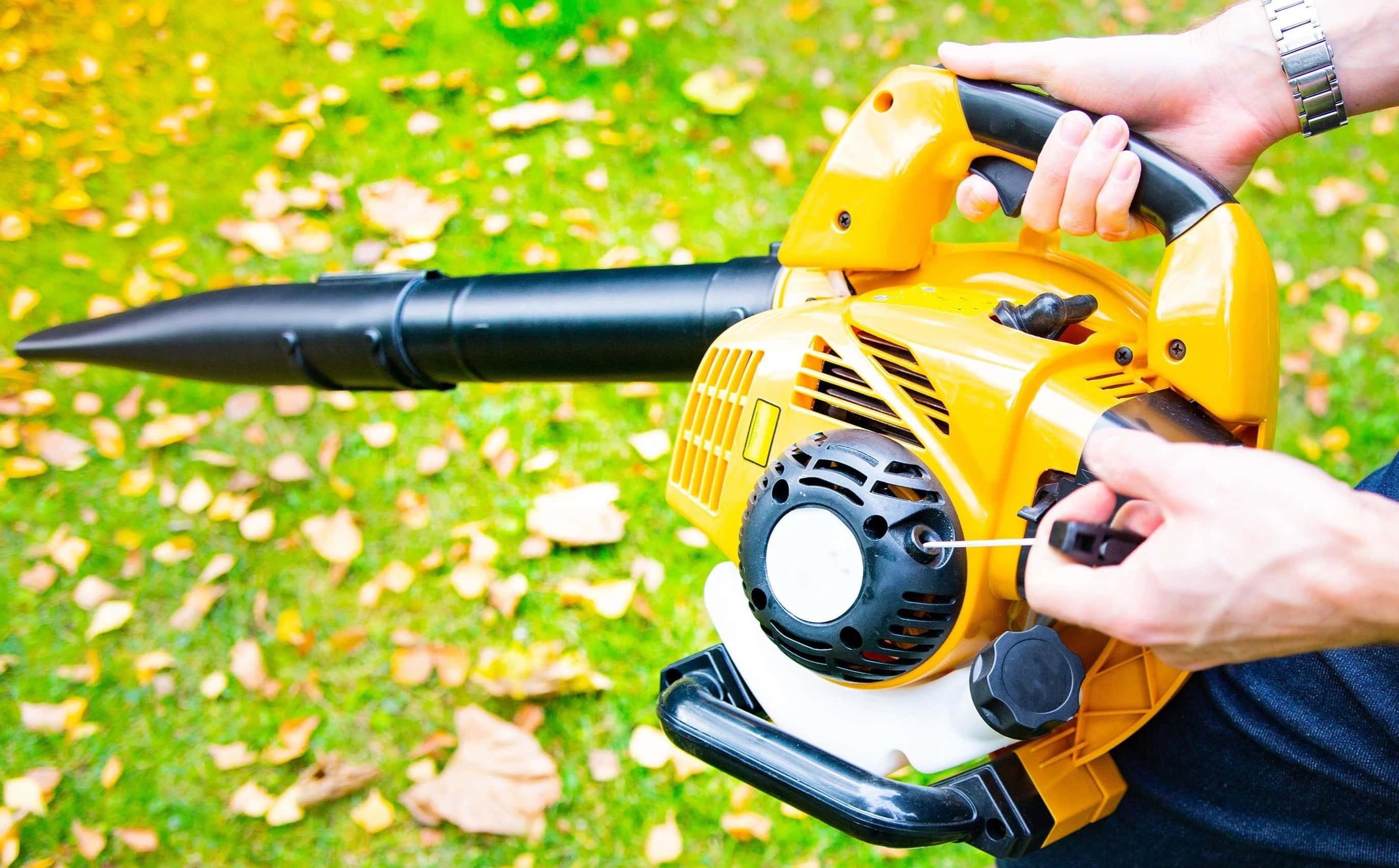

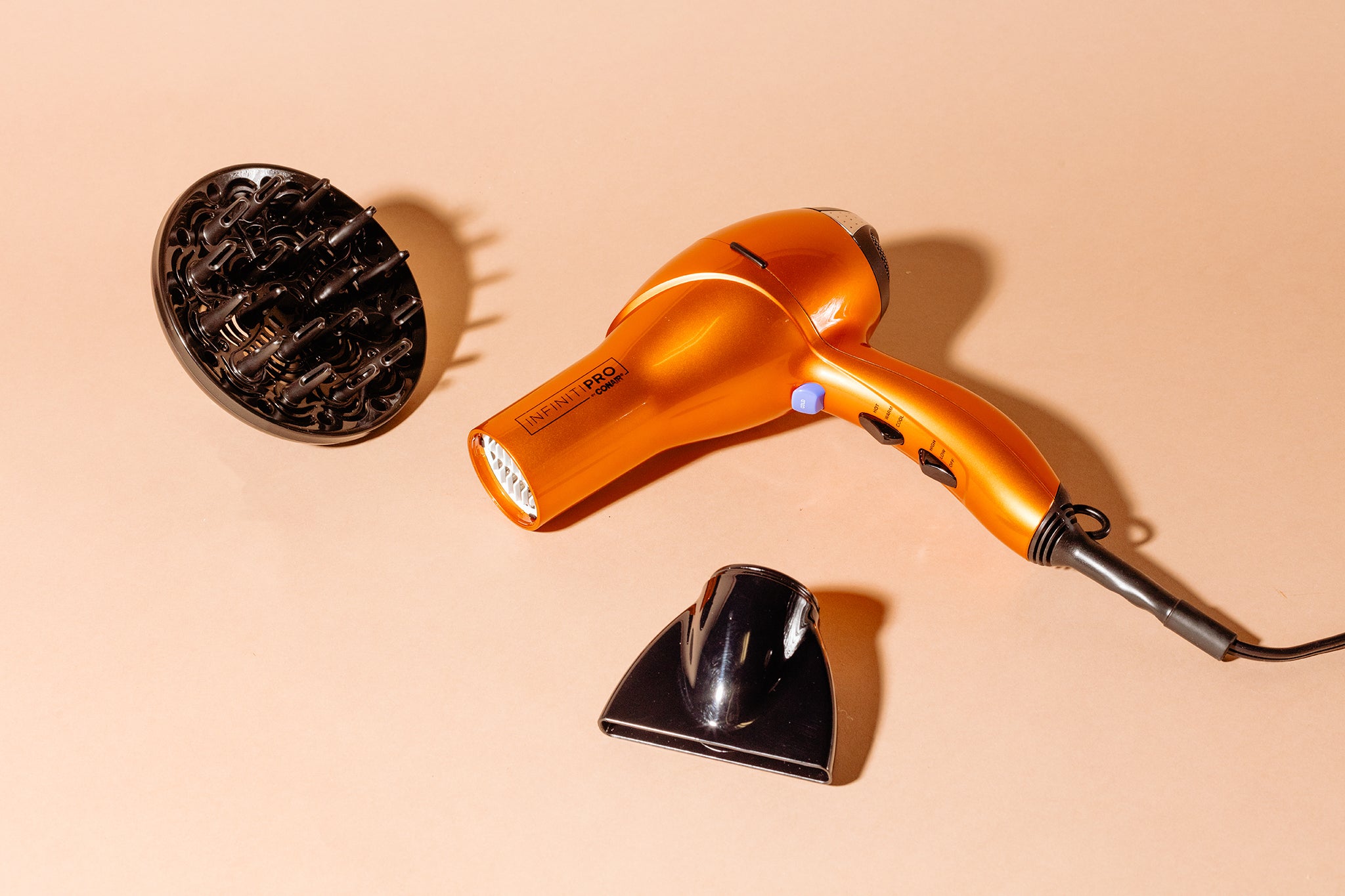
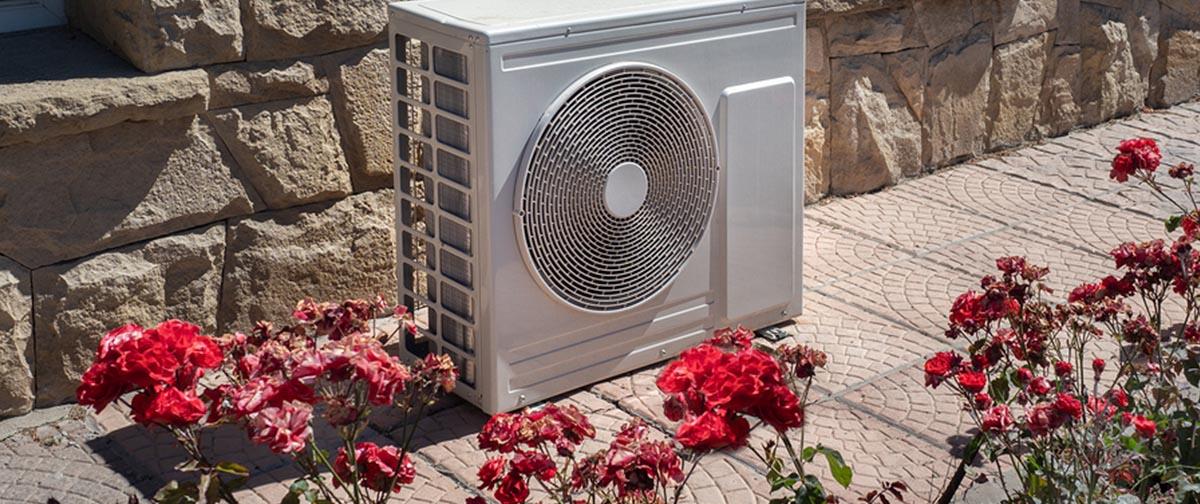
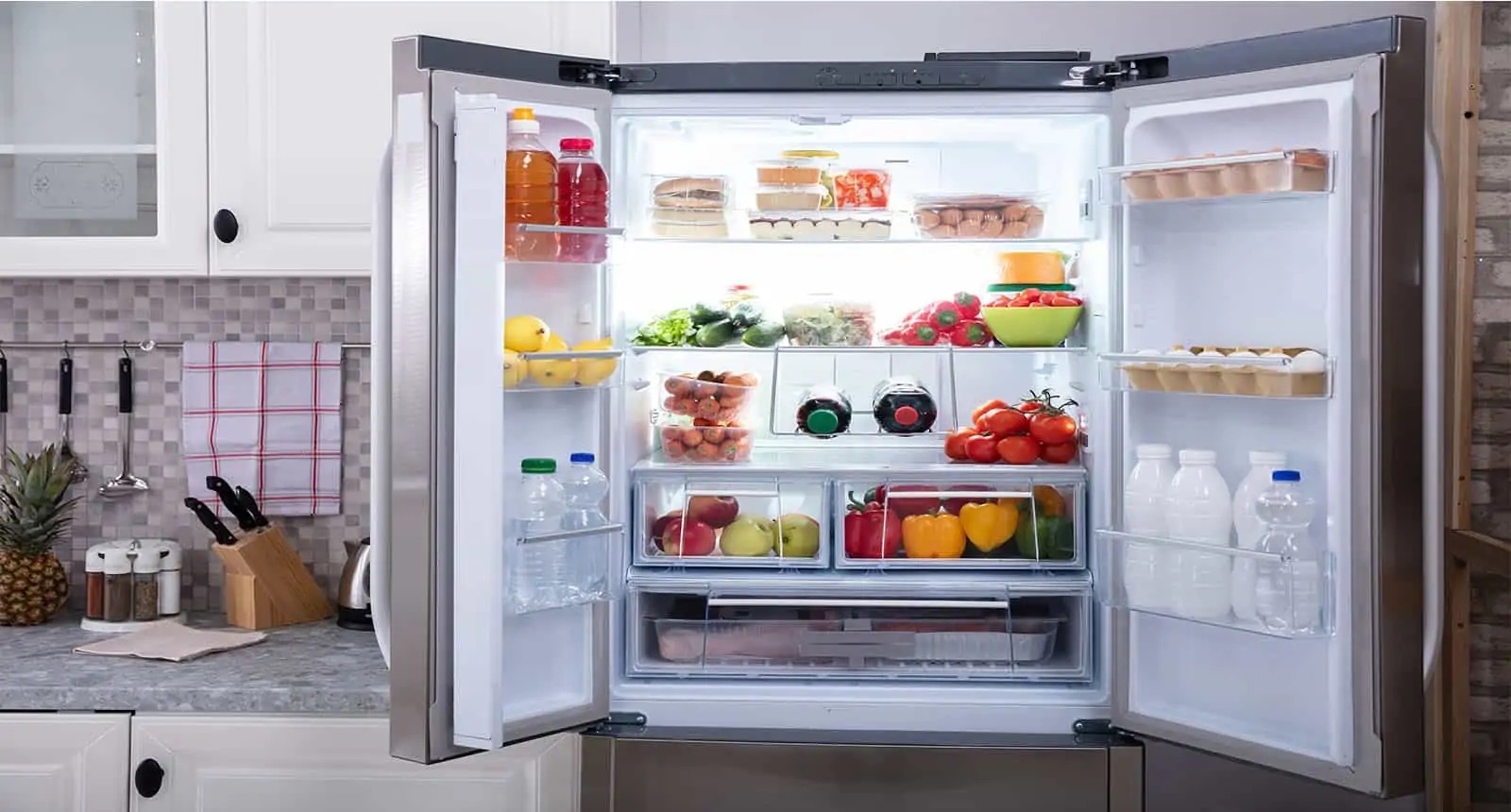





0 thoughts on “How Much Does A Tool Box Weigh”